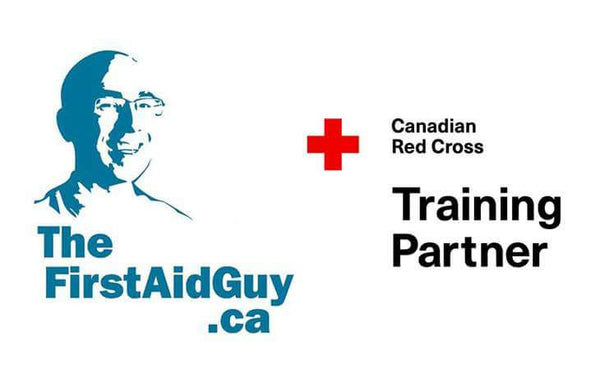First aid for insect bites and stings
Share
Insect bites and stings can be painful, itchy, and even dangerous, depending on the type of insect and the person's allergic reaction. It is essential to know how to provide first aid for insect bites and stings to alleviate symptoms and prevent complications. In this blog post, we will provide first aid for insect bites and stings.
-
Remove the Stinger
If the insect has left a stinger, remove it by scraping it out with a straight-edge object, such as a credit card or the edge of a knife. Do not use tweezers or fingers to remove the stinger, as this can squeeze more venom into the skin.
-
Wash the Affected Area
Wash the affected area with soap and water to reduce the risk of infection. Use a mild soap and lukewarm water.
-
Apply Cold Compresses
Apply a cold compress, such as a damp cloth or ice pack, to the affected area for 10-15 minutes. This can help reduce pain and swelling.
-
Use Over-the-Counter Medication
Over-the-counter pain relievers, such as acetaminophen or ibuprofen, can help relieve pain and reduce swelling. Antihistamines, such as diphenhydramine or loratadine, can also be used to relieve itching.
-
Watch for Signs of Allergic Reaction
If the person experiences symptoms such as difficulty breathing, swelling of the face or throat, or a rapid heartbeat, seek emergency medical attention immediately. These symptoms can indicate a severe allergic reaction that requires immediate treatment.
-
Use Epinephrine for Severe Allergic Reactions
If the person has a known allergy to insect stings or bites, they should carry an epinephrine auto-injector, such as an EpiPen, at all times. If the person experiences a severe allergic reaction, use the auto-injector immediately and seek emergency medical attention.
In conclusion, insect bites and stings can be painful and even dangerous, but providing proper first aid can help alleviate symptoms and prevent complications. Remember a first aid course will you prepare for any emergency. You can register for a First Aid course on our website at www.TheFirstAidGuy.ca
